T4K3.news
Bridge of stars links two galaxies in Abell 3667
Astronomers reveal a million-light-year bridge of stars between IC 4965 and JO171 in Abell 3667, offering new clues on dark matter and cluster mergers.
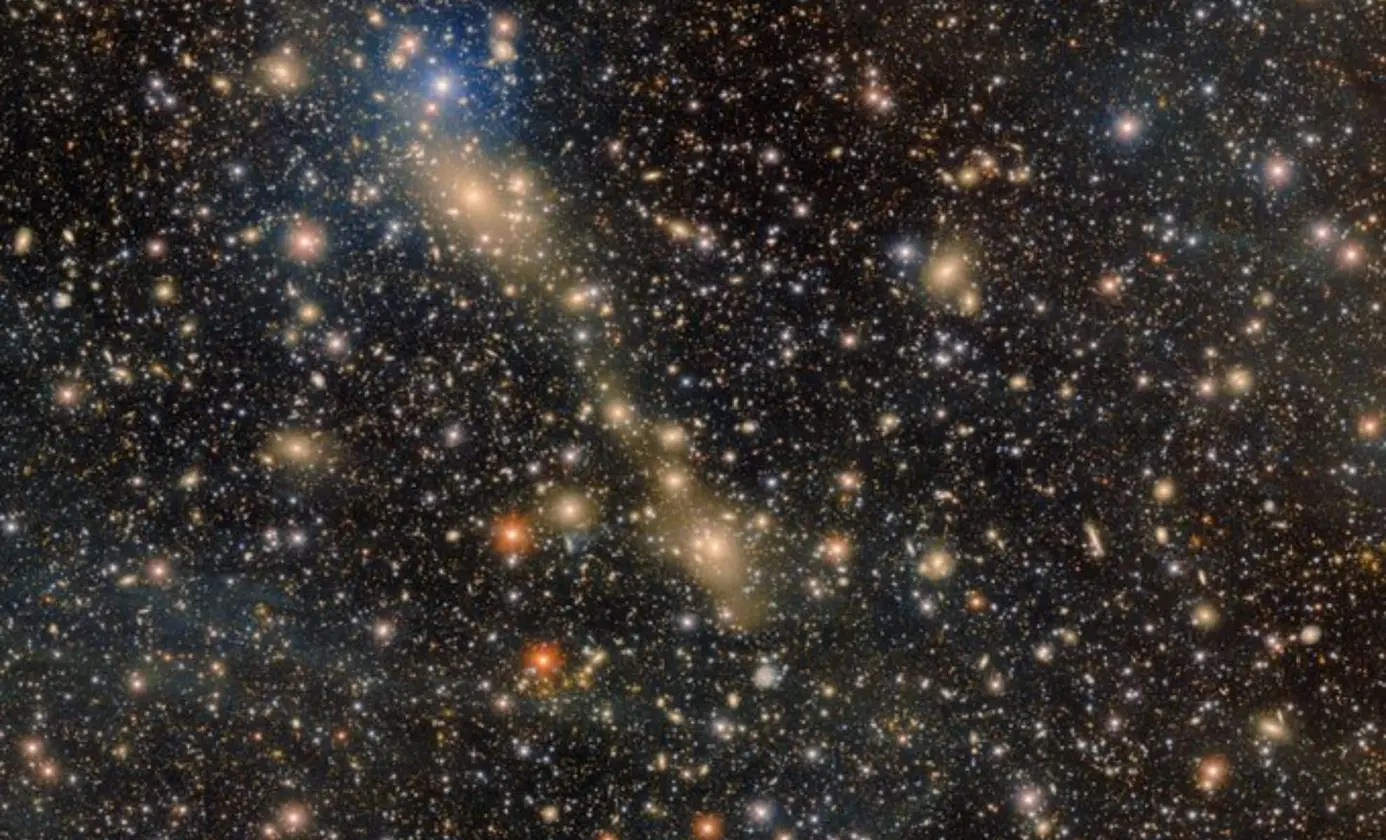
A million-light-year stellar bridge reveals a dramatic merger between two giant galaxies in the Abell 3667 cluster.
Bridge of stars links two galaxies in Abell 3667
Astronomers have captured the first optical evidence of a bridge of stars stretching about a million light-years between two galaxies in the Abell 3667 cluster. The glow connects the lenticular galaxy IC 4965 and the jellyfish galaxy JO171 as they plunge into the cluster, its stars pulled free by immense gravity. The discovery comes from deep images taken with the Dark Energy Camera on the Victor M Blanco Telescope in Chile, compiled from 28 hours of observations over several years.
This deep optical view confirms a rapid merger of the cluster components and offers a new way to map dark matter. Intracluster light, the faint glow left behind by stripped stars, tends to follow dark matter, giving scientists an indirect handle on the unseen mass shaping these collisions. The finding also signals what the Vera C Rubin Observatory will enable with the Legacy Survey of Space and Time, a decade of southern-sky imaging that could uncover hundreds more bridges like this.
Key Takeaways
"It is really going to blow the study of the ICL wide open"
Lead researcher Anthony Englert on the impact of the finding
"The distribution of this light should mirror the distribution of dark matter"
Ian Dell Antonio on dark matter mapping
"What we did is a small sliver of what Rubin is going to be able to do"
Englert on Rubin Observatory prospects
"This discovery implies an active link between intracluster light and mass in the universe"
Editorial takeaway on mass mapping
The result shows how patient data work changes what we can see. Stacking observations from multiple eras turns faint features into solid discoveries and challenges the old idea that only bright galaxies matter in cosmic dramas. It also frames intracluster light as more than a pretty afterimage; it becomes a diagnostic tool for the distribution of mass in gravity-dominated environments.
As new tools enter service, the field moves from isolated snapshots to a growing map of how matter moves during mergers. Rubin Observatory will push this map to many more systems, potentially rewriting how we understand the growth of galaxy clusters and the role of dark matter in shaping large-scale structure.
Highlights
- It is really going to blow the study of the ICL wide open
- A huge surprise for the science of clusters
- The deep optical view changes how we map dark matter
- Rubin will uncover hundreds of similar structures
The universe keeps its tempo while our instruments grow sharper.
Enjoyed this? Let your friends know!
Related News
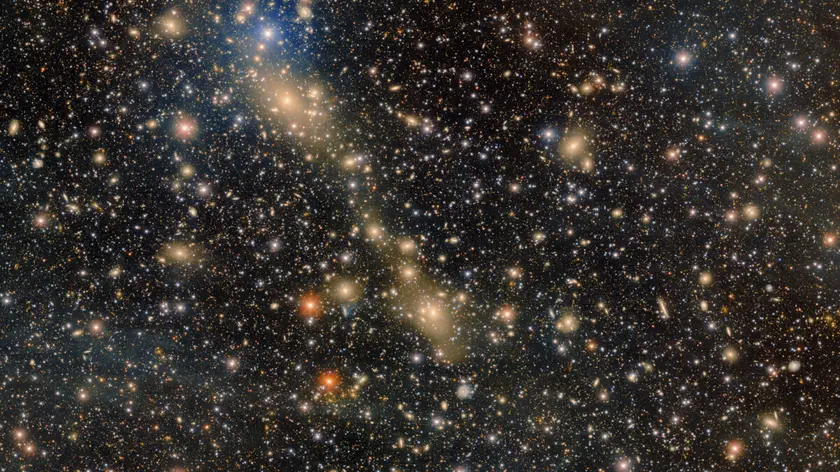
Astronomers construct detailed image of Abell 3667
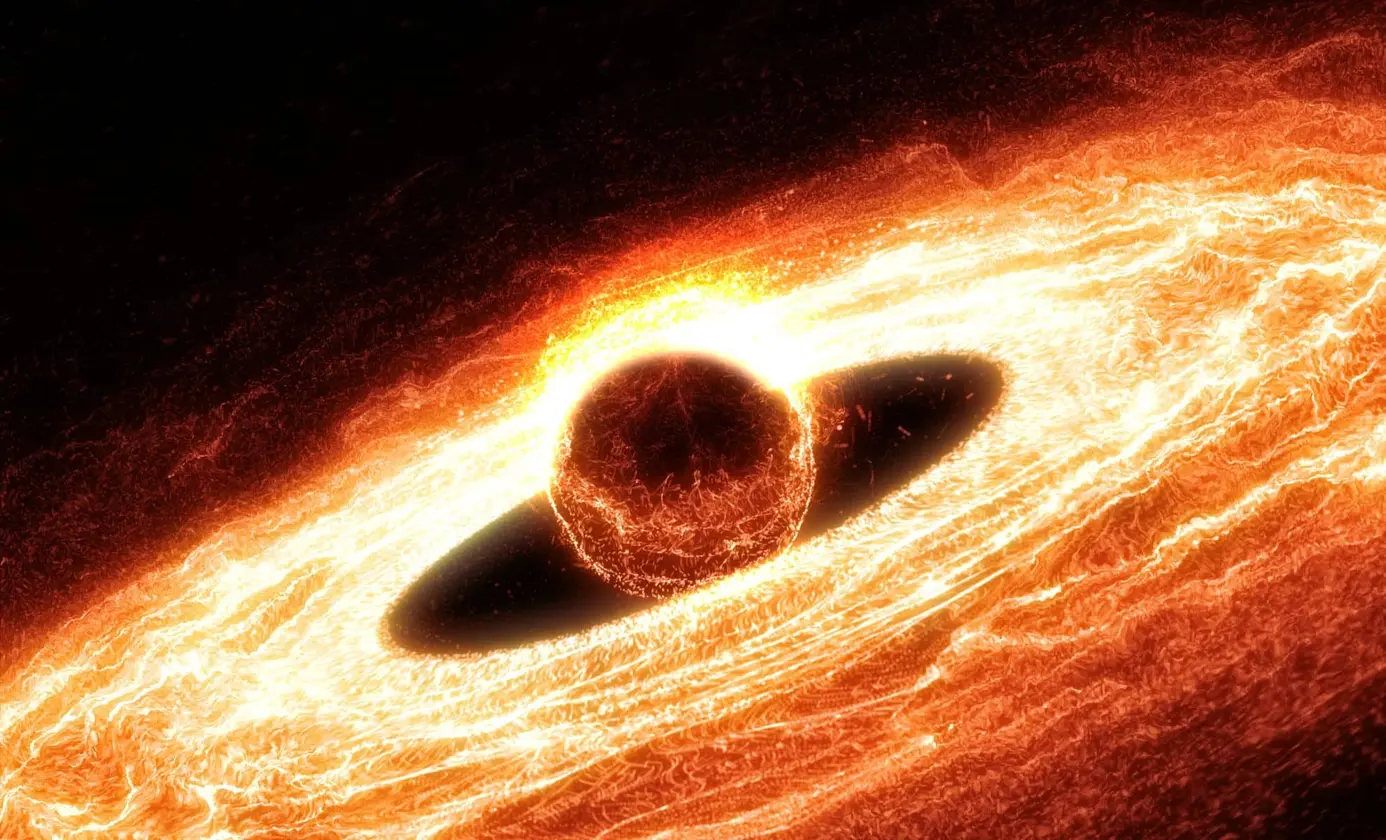
Astronomers observe second flare from same black hole
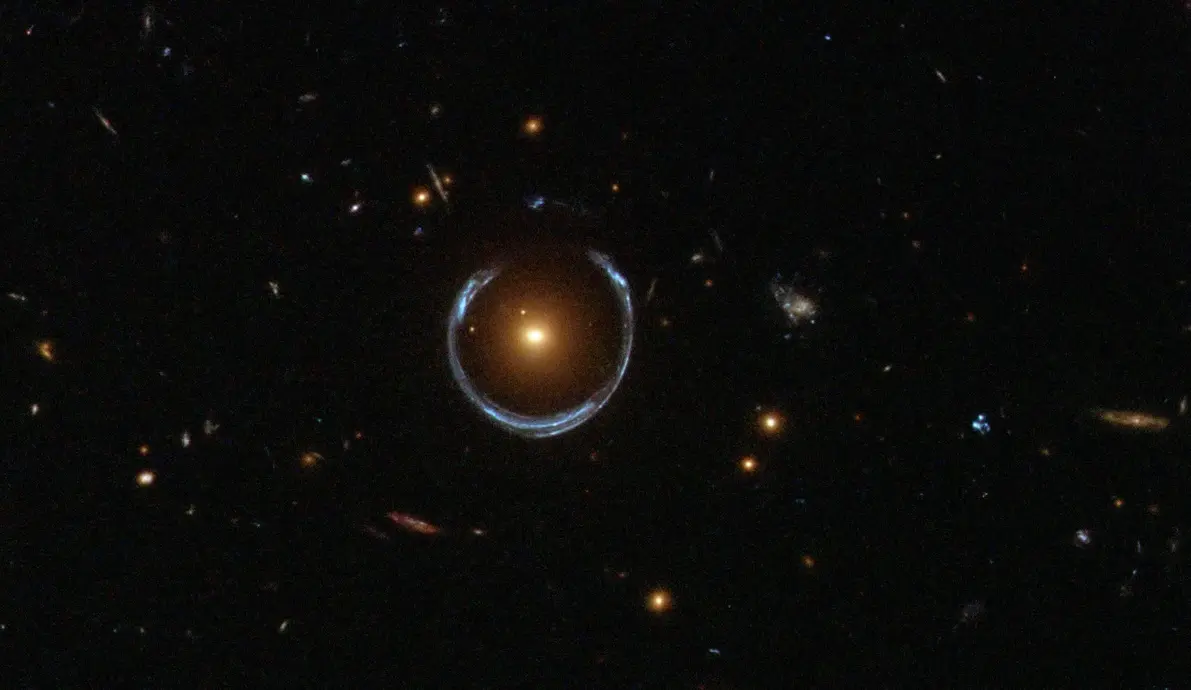
New black hole discovery made with mass of 36 billion suns
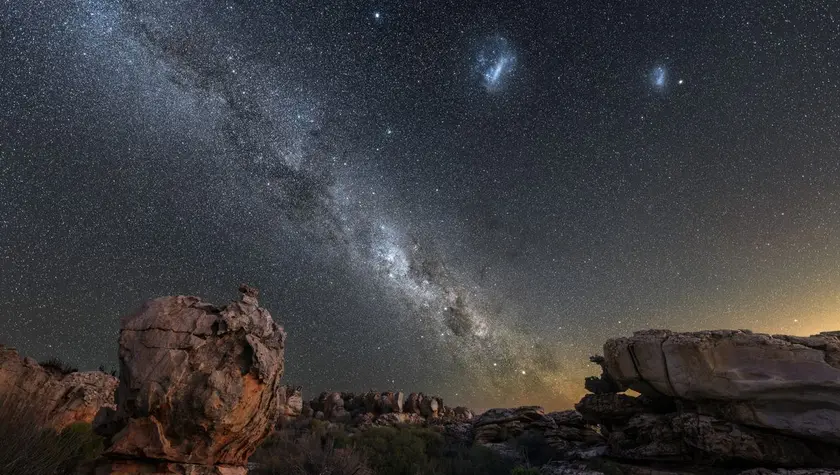
Astronomers reveal how far you can see with the naked eye
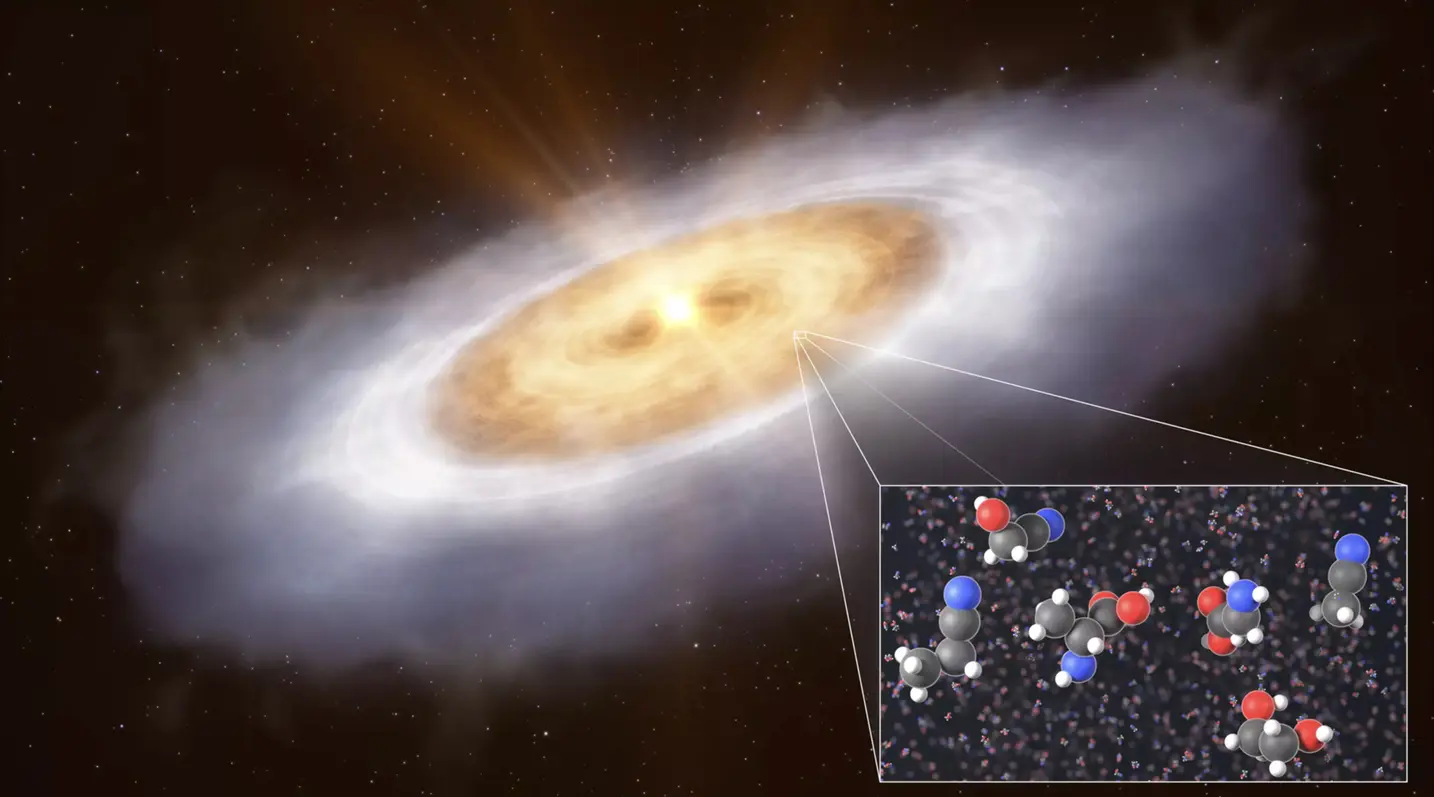
Discovery of Life-Linked Molecules in Space Confirmed

Chelsea's bid for Kenan Yildiz rejected by Juventus

LA fires disrupt location shooting

Quiet seaside towns gain attention for unique charm
